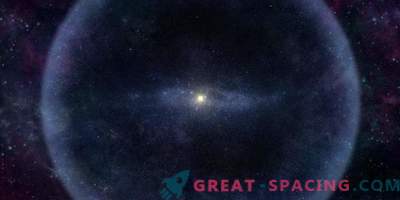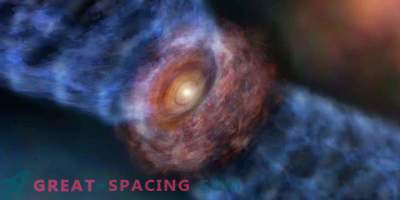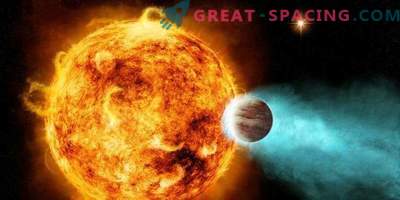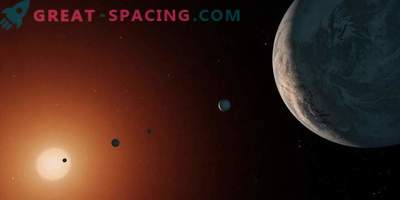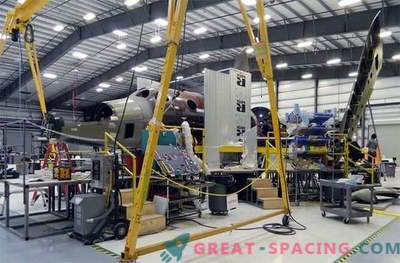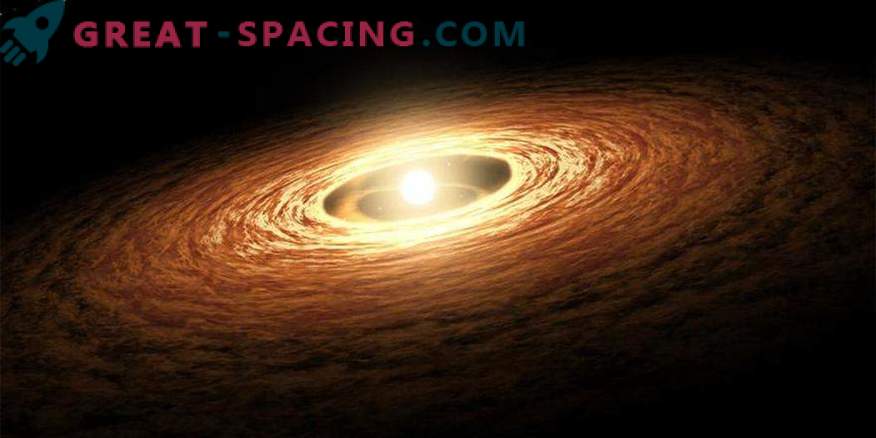
Scientific progress has reached the point where we can not only send spacecraft to distant objects, but even plan the colonization of nearby planets. But once upon a time there was neither the Earth, nor the Moon, nor the rest of the planets and even the Sun. Just dust and gas. Let's rewind time and follow the development of the native Solar system.
It all starts with the nebula
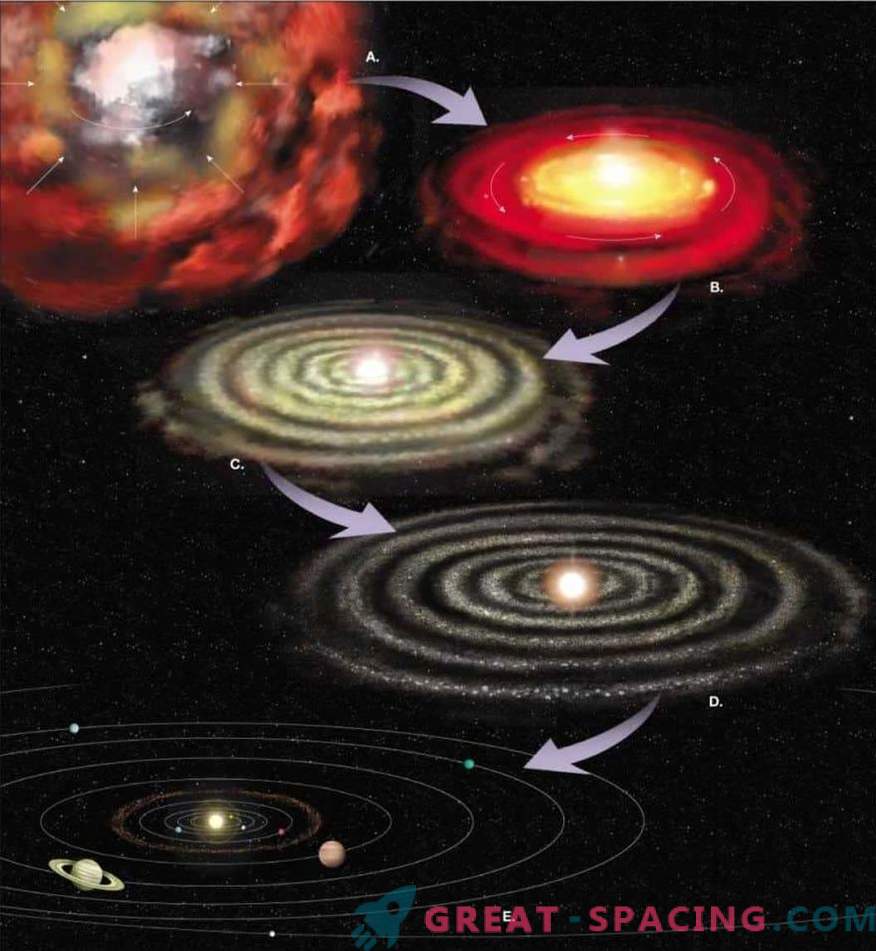
Graphic representation of the origin of planets from the solar nebula
There are several hypotheses about how our system appeared. But today we will consider the most recognized - nebular hypothesis. It is based on the idea that the system began with a nebula.
4.6 billion years back in space there was a cloud filled with gas and dust. This large-scale construction suddenly began to shrink (possibly due to the explosion of a nearby supernova). Gravity caused the particles to come closer and merge into one. The cloud is believed to have stretched for several light years and could have created a couple of stars, so scientists continue to search for the sun brother.
The parameters of the cloud were reduced, and the rotation speed increased (the law of the conservation of angular momentum works). A larger volume of mass is always concentrated in the center, and a disk has formed around it. As a result, a hot protostar appeared in the center, and around it there was a protoplanetary disk, whose diameter reached 200 a. e.
Meet the star!
Researchers believe that at this moment our Sun was of type T Tauri (the presence of a protoplanetary disk plays a big role). Time passed and after 50 million years thermonuclear reactions started in the star center. The reason was the increase in the density and pressure of hydrogen.
The star developed, and with it, increased temperature heating, density and pressure. All indicators increase until a moment of hydrostatic equilibrium occurs, where thermal energy enters a balanced opposition with the force of gravitational compression. Now we have a star representative of the main sequence.
The emergence of the planets
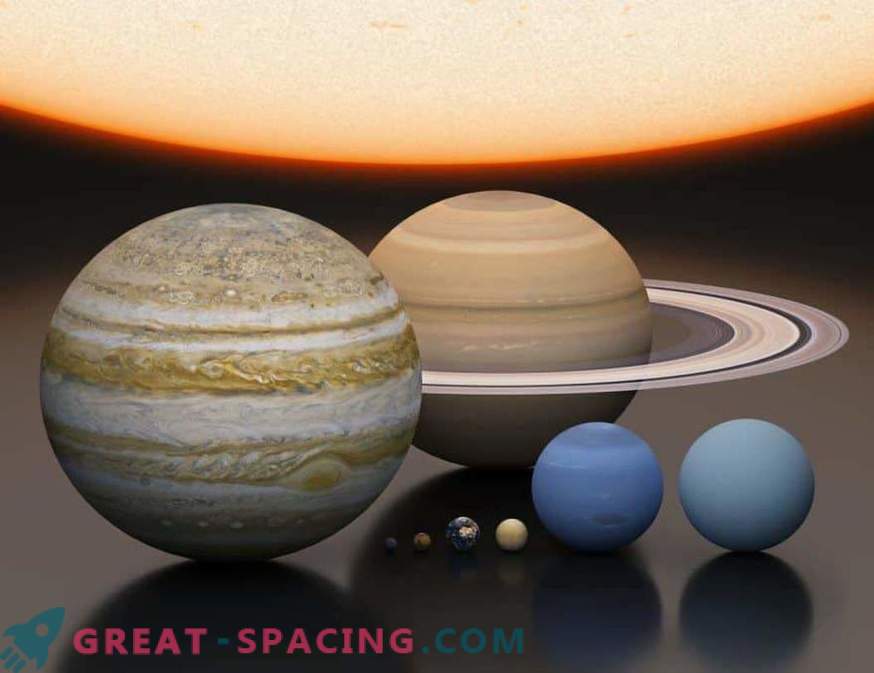
Comparing the size of the sun and planets of the solar system
While the Sun was engaged in nuclear reactions, the material on the disk did not remain static. Dust and gas fused, forming larger objects. Then they grew to protoplanets and formed full-fledged worlds. It is believed that the whole process took no more than 10-20 million years. For example, our native Earth appeared 4.54 billion years ago.
The nearest worlds to the star received a large portion of silicates and metals. But due to the small volume of these materials, the planets could not grow to large sizes. These are the first 4 worlds which I name the planets of the terrestrial group. In the external system there was less heat, but more volatile ice compounds. The objects managed to attract huge amounts of helium and hydrogen, forming giant planets. There was still a large amount of debris that was extruded into more remote orbits, becoming the Kuiper belt and the Oort cloud.
Postscript
This theory is considered the most likely, therefore it is considered almost as official. However, there are no joints here. For example, a study of exoplanets revealed the presence of hot Jupiters, which are not in the Solar System. In addition, stars are most often born in pairs, and the Sun is a loner. Researchers continue to study native and alien star systems to create a more accurate model.



